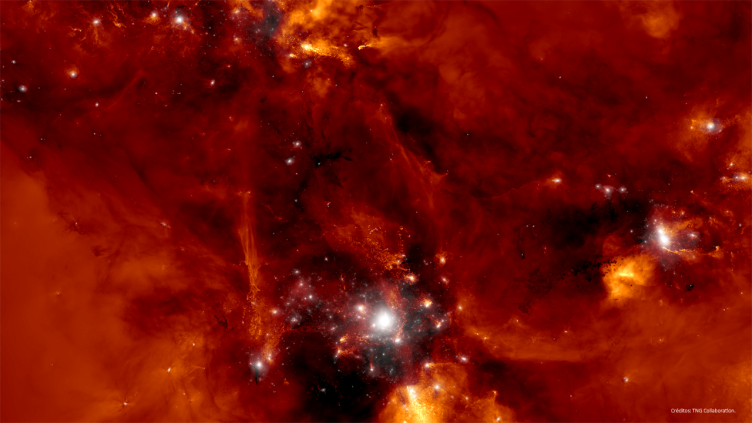It is believed that the formation and growth of most galaxies across the history of the Universe have been fuelled by black holes nested in their very centre. These have been growing together with their host galaxy as they collect matter up to attain millions of solar masses. Chasing the early stages of these extreme objects is among the missions of future powerful telescopes, but what will be the reward of their hunting?
A new and comprehensive estimate has now been presented in a study led by researchers of the Instituto de Astrofísica e Ciências do Espaço (IA). The study predicts the number of very young galaxies with an active supermassive black hole at their core that should have existed when the Universe was less than seven percent of its current age, and which are within the reach of future X-ray and radio telescopes already in the making.
The results may guide the most effective observing plans for Square Kilometre Array (SKA) and for the Athena X-ray space observatory, of ESA. Both observatories will be used to peer deep into the same period in the history of the Universe explored by this study.


